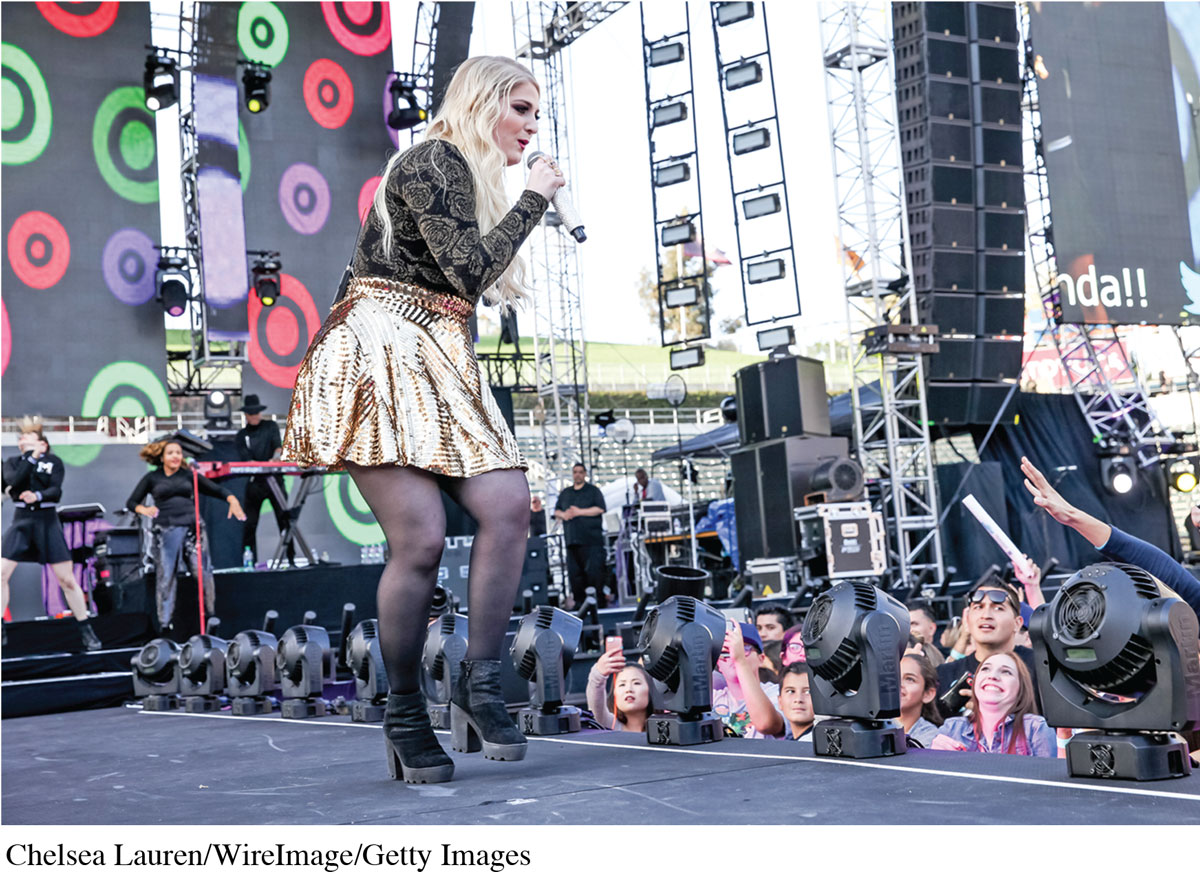CONVERGING MEDIA Case Study: Streaming Music
CONVERGINGMEDIACase StudyStreaming Music

In Chapter 5 (Sound Recording and Popular Music), we saw that streaming music is the biggest growth area for music consumption. Indeed, as sales of both CDs and digital downloads through places like iTunes slumped in 2013, the number of songs streamed grew around 30 percent to over 110 billion.1 In just the first six months of 2014, the number of songs streamed in the United States was already over 70 billion.2 This has implications not only for the music recording industry but also for radio.
For the past sixty years, a big part of the radio business model has been based on the ability to draw in an audience by playing recorded music, while exposing audience members to music they might then go out and buy. Online music streaming services challenge both parts of this long-standing relationship. First there are the on-demand services (Spotify, Rdio, Rhapsody), which act as a kind of online jukebox, allowing users to pick and play specific songs and artists. The other kind of service is the online radio station (Pandora), which puts a digital age spin on the usual listener–radio station interaction.


 Visit LaunchPad to watch a music video clip. What are some of the many ways a listener might seek out this track?
Visit LaunchPad to watch a music video clip. What are some of the many ways a listener might seek out this track?
Pandora Radio, launched in 2000, provides an experience similar to that of broadcast and satellite radio but without a human deejay. Pandora selects songs based on an analysis of up to four hundred attributes that company employees index and categorize. Listeners can create personalized stations by entering key words (Alternative Coffee House Rock), artist or band names (Foo Fighters), or even a song (“All About That Bass”). After creating the station, Pandora streams music with characteristics that match the station’s name. Like its broadcast counterparts, Pandora licenses its songs from music-rights organizations like ASCAP and BMI, and pays royalty fees on the songs it streams. With over seventy-six million active listeners, Pandora is the biggest online radio service in the United States.3 However, it is getting more and more competition from both traditional radio and other Internet sites.
Leading radio corporation Clear Channel Communications (now iHeartMedia) unveiled its iHeartRadio service (www.iheart.com) in 2008, putting more than 850 of its stations from across the country on a free streaming service and allowing listeners to create their own custom stations by artist, song, or genre. In 2011, Clear Channel signed an agreement with Cumulus Radio to add its 570 stations to the iHeartRadio lineup. In 2014, after Grooveshark lost a federal copyright infringement case for songs it uploaded for its on-demand service, the company’s owner said the company would regroup and launch as a radio service in 2015. All of these services are constantly releasing or updating their smartphone and tablet apps.
But even with music-playing competition from the Internet, radio does enjoy a few advantages over sites like Pandora. Radio remains the most local of broadcast media, allowing deejays to break into the playlist to provide live traffic, weather, and news updates, or broadcast live from a community event. At the same time, online streaming means a local station can have global reach. This is not to say, however, that the radio industry is content with the status quo. For several years, radio groups have been pushing for AM and FM receivers to be built into smartphones and tablets. Even the longest-standing type of radio isn’t going away completely; it’s converging into digital media alongside its competition.